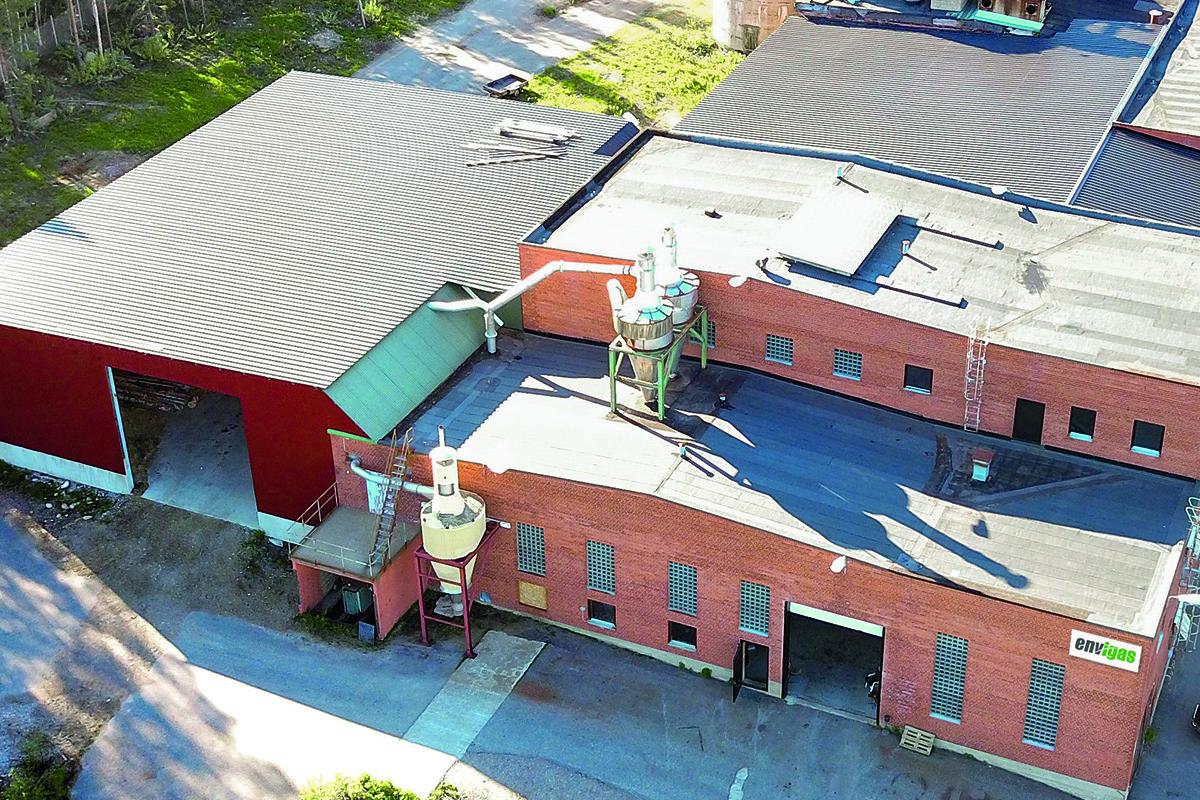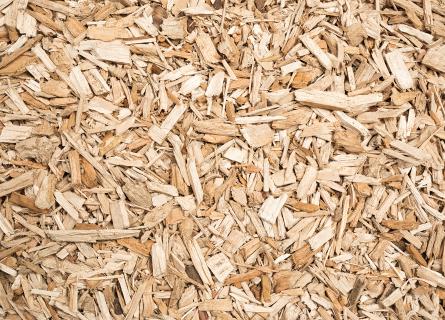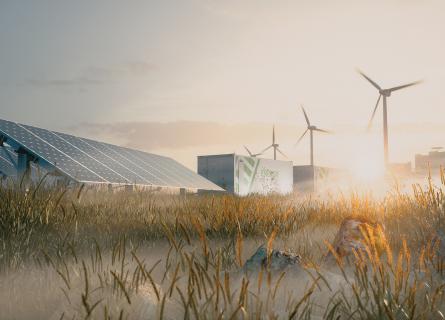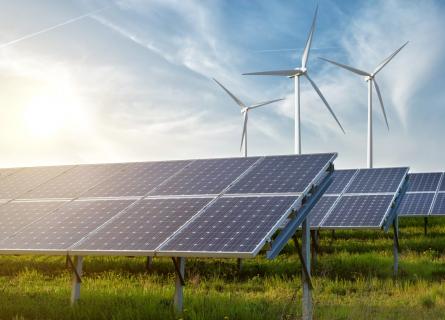
Wood chips and sawdust create new fossil-free alternatives
In attempts to reduce global emissions, the spotlight is often on forests. As absorbers of CO₂ and a sustainable source of raw materials, trees make a difference both during their lifecycle and after felling. All biomass contains carbon, including residues from forests and farming, and can therefore be converted into products that can provide alternatives for fossil fuel based products that need to be phased out.
In a closed down paper mill in the town of Bureå in north-east Sweden, AFRY is assisting Envigas with designing and building a new biocarbon plant for Envigas, which is expected to be one of the largest in Sweden. The facility will be based on a process that creates several different biofuels along the way, something more commonly done in separate facilities, a novel alternative to simply burning forest residues to generate district heating.
“The process uses a thermochemical conversion process called pyrolysis, in which the biomass is heated in an oxygen-deficient environment, rendering a carbonised product called biocarbon. The same process also creates an energy-rich pyrolysis gas of which some fractions can be cooled and condensed into bio-oil. Combustion of the remaining noncondensable fractions can then be used for district heating and other heat applications. We also see potential for implementing this process in existing heat and power plants that use biomass as fuel,” explains Max Larsson, Business Section Manager of Heat & Power at AFRY
AFRY has helped Envigas from the initial work on environmental permits for a small-scale prototype to today’s ongoing project that is creating a facility equipped for industrial production, with responsibility for project management and all technical disciplines. “The process has been developed to create biocarbon of such high quality that it can replace fossil coal in more than 2,000 applications,” says Tobias Brink, CEO of Envigas.
Carbon sinks – an alternative for increased CO₂ uptake
One interesting area of use for biocarbon is its suitability as a soil improver. It can be mixed with fertiliser to form biochar that can be used to increase growth rates in forests, arable farmland and restore infertile soils.

“The pyrolytic conversion from biomass to biocarbon changes the structure of the carbon into a form that remains stable for a long time. A type of porous activated surface forms in the carbon that increases the soil’s water retention capacity. The pores also serve as a fivestar hotel for microorganisms, which in turn hold nutrients such as nitrogen and phosphorus that make plants grow better,” Max Larsson says.
Planting with biochar can therefore both keep the carbon under the soil for a long time and boost the vegetation’s uptake of CO² through better soil productivity. Biochar has long been used in smallscale farming, but there is potential here to scale up the production to make the product applicable in industrial agriculture.
Teamed with other initiatives, it could be a valuable contribution to the major task of reducing the amount of CO² in the atmosphere.
Many are eager to utilise forest resources
All in all, considerable volumes of biomass are required to meet the growing need for alternatives to fossil resources. There are many routes on offer and opinions differ on how best to use forest residues to cut CO² emissions. Replacing fossil coal with biocarbon may form part of the larger solution.
The large quantities of locally available forest residues are one reason why Envigas is using biomass from forests in its production plant. Depending on where future facilities are located, it cannot be assumed that forest resources will be available to the same extent.
“In this plant, we are currently using forest residues from a production stream that would otherwise most likely be destined for district heating. The facility we are currently building has the capacity to supply the whole town of Bureå with year-round district heating, while also producing both biooil and biocarbon,” Max Larsson says.
Biocarbon – a step in the steel industry’s climate transition
Due to its dependency on coal in its production processes, the steel industry accounts for about 10 percent of CO² emissions in Sweden. Considerable initiatives are required in this industry to attain climate goals. When the Bureå plant starts up, it will be able to generate up to 15,000 tonnes of biocarbon per year, thereby bolstering the climate transition of the metallurgical industry.
“At present it appears that totally emissions-free steel production with the help of hydrogen gas as a reducing agent is a long way off. For now, we must therefore work on gradual improvements in replacing fossil coal with biocarbon. This will be a crucial step in being able to reduce current emissions until new technology is ready to take over. We are proud to be a part of this transition,” says Tobias Brink.





